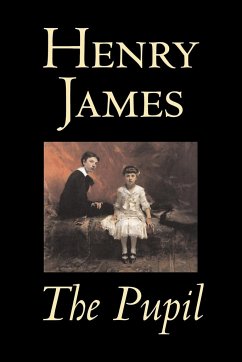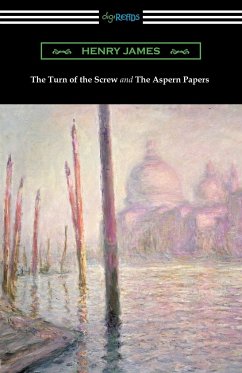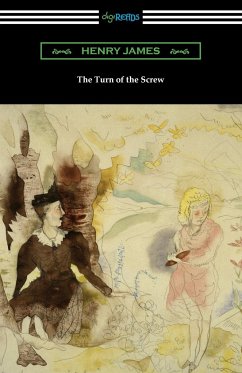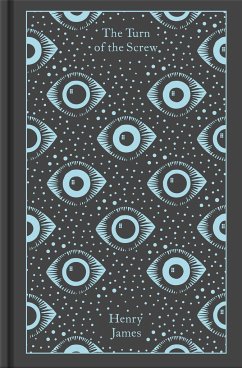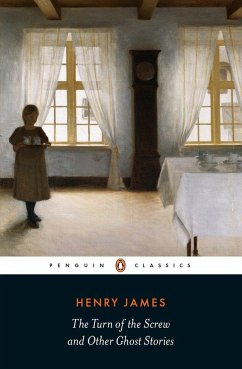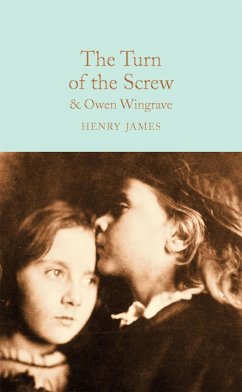
The Turn of the Screw by Henry James, Fiction, Classics
Versandkostenfrei!
Versandfertig in 1-2 Wochen
14,99 €
inkl. MwSt.

PAYBACK Punkte
7 °P sammeln!
Critics have argued long and hard over the central "problem" of the story: if the motifs of the traditional ghost story, in the hands of a master, are used to probe the deepest depths of the human psyche, do the resultant terrors spring from the objective return of the spirits of the dead, or from the fears, memories and guilt the expectation of such apparitions may evoke? Are there any ghosts in this story at all? James himself might have been puzzled by that question. His own remarks make it clear that what he had in mind was a "sinister romance," inspired by a ghostly story he had heard fro...
Critics have argued long and hard over the central "problem" of the story: if the motifs of the traditional ghost story, in the hands of a master, are used to probe the deepest depths of the human psyche, do the resultant terrors spring from the objective return of the spirits of the dead, or from the fears, memories and guilt the expectation of such apparitions may evoke? Are there any ghosts in this story at all? James himself might have been puzzled by that question. His own remarks make it clear that what he had in mind was a "sinister romance," inspired by a ghostly story he had heard from an Archbishop of Canterbury. He wrote of the "portentous evil" of the "demon-spirits" in the story, but it was his genius to make them so profoundly mysterious that THE TURN OF THE SCREW will survive any number of interpretations and go on to chill and delight readers for centuries to come. H.P. Lovecraft praised its "truly potent air of sinister menace" and "mounting tide of fright".







